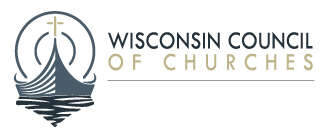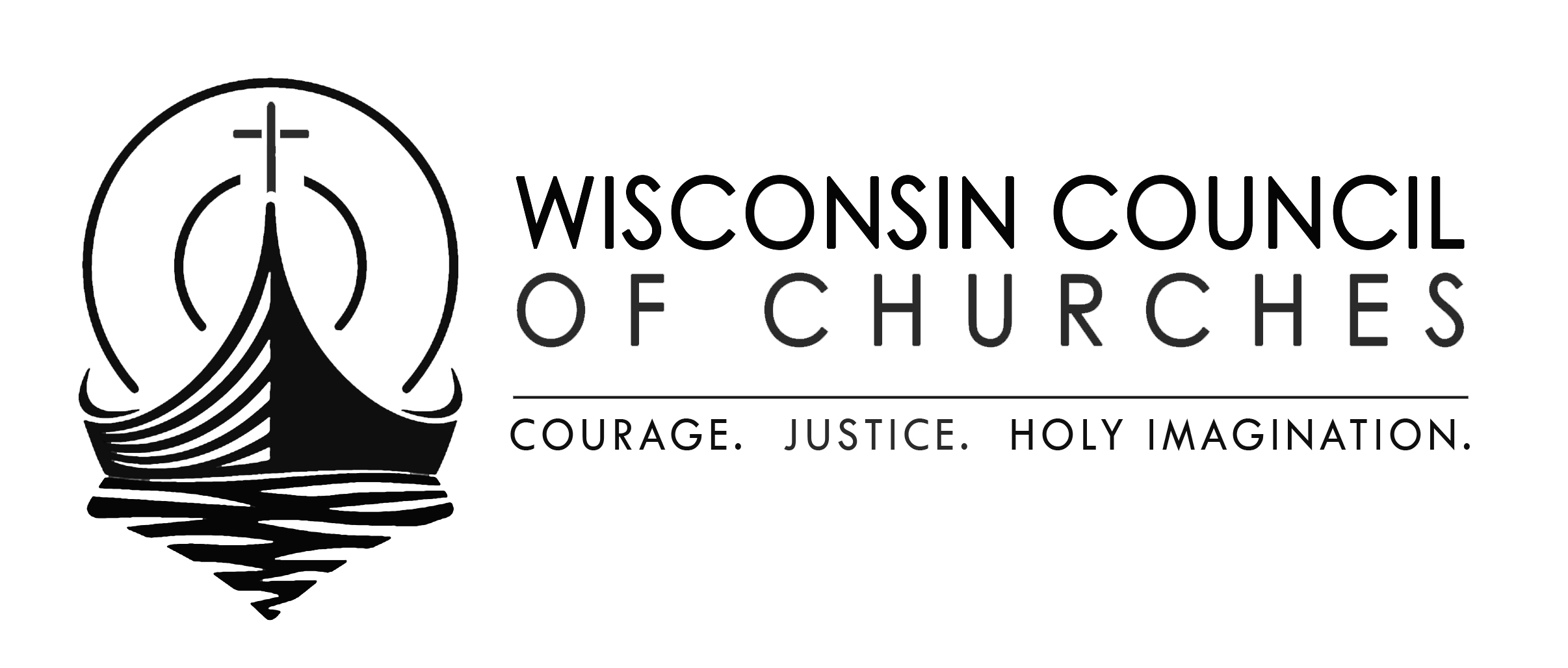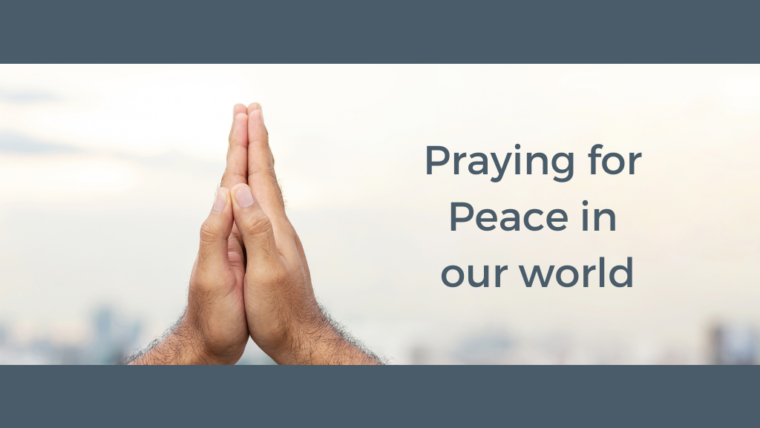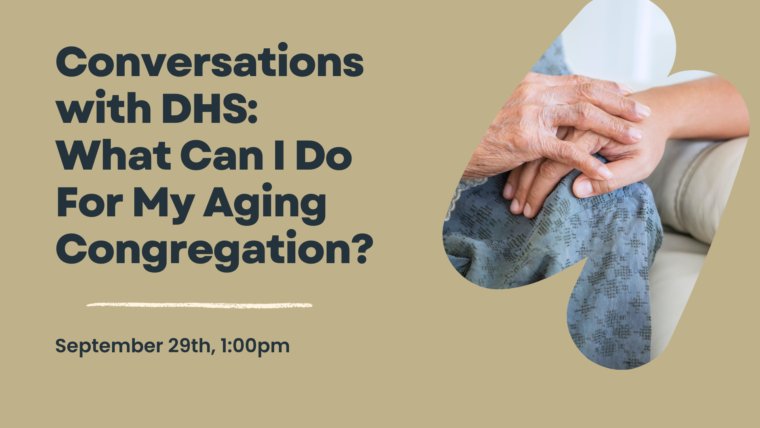Released May 13, 2021
A “Returning to Church” Supplement
INTRODUCTION
…we know that “all of us possess knowledge.” Knowledge puffs up, but love builds up. (1 Cor 8:1, NRSV)
In light of guidance released today by the Centers for Disease Control advising that vaccinated Americans can go without masks or social distancing in most public settings, the Wisconsin Council of Churches recommends that congregations continue to exercise appropriate caution and provide thoughtful leadership in how they gather. There are meaningful changes we can make to our COVID-safe practices but faith-based gatherings, particularly worship, are unique enough occasions that they are unlike a general indoor setting covered by most CDC guidance.
As we have stated previously during the pandemic, we are not required to do something just because it is allowed. The apostle Paul advises Christians that “knowledge puffs up, but love builds up” and that they should “take care that your liberty does not somehow become a stumbling block to the weak.” (1 Cor. 8:1, 9). The minimum standard is not necessarily the guide by which the church should operate.
We understand many church gatherings to be somewhat like public transit, where people of mixed vaccine status are together for some time with limited ventilation. The CDC recommendations which suggest there is low risk to gathering indoors without masks, and do not raise alarm about singing, presume a fully vaccinated group. That is not the case in most faith communities – and we would not want to put church leaders in the position of enforcement, needing to check vaccination status in order to admit people to worship. Indeed, this practice can be exclusionary and counter to Christian witness.
Many members of our communities remain unvaccinated and at higher risk of COVID transmission. Some—particularly children under the age of 12 and medically fragile individuals such as pregnant women or the immunocompromised—have not had the opportunity to be vaccinated. Such members deserve the highest care and protection of the community, and all deserve to see the example of faithful people expressing the love of Christ in following sensible precautions. In our excitement at good news for the vaccinated, let us not commit the sin of overlooking parts of the body. Hastily-implemented practices can exclude “the least of these” and threaten their health. The vulnerable among us should not be expected to bear the burden of others’ unwillingness to be vaccinated or follow COVID-safe policies.
If you are looking to adapt your practices to be less restrictive, some of our most trusted sources currently recommend following a “two out three” approach: wearing masks and practicing social distancing indoors, and choosing either masks or distancing as a strategy when gathering outdoors.
COVID is responsible for the deaths of up to 900,000 Americans, and long-term health consequences for millions more. Although vaccination and improved medical care have eased the consequences of the pandemic, it is not behind us. Our faith calls us to resist the temptation to assume that being vaccinated means our actions are without consequence to those we claim to love the most. Let us build up the Body of Christ with wisdom: by using growing scientific knowledge together with our best theology and pastoral practice. We can gather more people in physical space, more safely now. Let us continue safe practices so that we can be part of a global effort to subdue this coronavirus.
DO’s and DON’Ts
DO:
- Continue to follow COVID-safe practices until background levels of virus are very low (see below)
- Plan gathering and building re-opening carefully and thoughtfully.
- Adopt a “two out of three” approach: masks, social distancing, gathering outdoors
- Follow state, local, and any ecclesial guidelines, which are not affected by the new CDC advice
- Provide an example of good health practices, particularly for children who have not been vaccinated
- Gather in ways that do not exclude or put at risk unvaccinated members of the community, such as children or medically vulnerable individuals
DON’T:
- Decide the pandemic is over
- Rush into re-opening, disregarding medical and commonsense advice
- Discard safe worship practices
- Ignore state or local health regulations or ecclesial requirements
- Act in ways that require unvaccinated or vulnerable members to choose between being safe and participating in the community
THRESHOLDS OF RISK: NEW CASES IN THE COMMUNITY
Our colleagues in public health and epidemiology encourage us (and you) to think about viral transmission in the community as you make your decisions. While vaccination rates are slowing, the pool of vaccinated people have already begun to have an impact on viral transmission, which is declining overall. We are invited to focus now on the rate of new cases in the community as our key statistic. Look to statewide or region (county or multi-county area) statistics.
Most epidemiologists are avoiding large public gatherings indoors until viral transmission in the community is very low. Approximately 1 new case/100,000 people/day (our “safest” level) is a good benchmark. We continue to post those statewide statistics for Wisconsin regularly here.






3 Comments
Comments are closed.